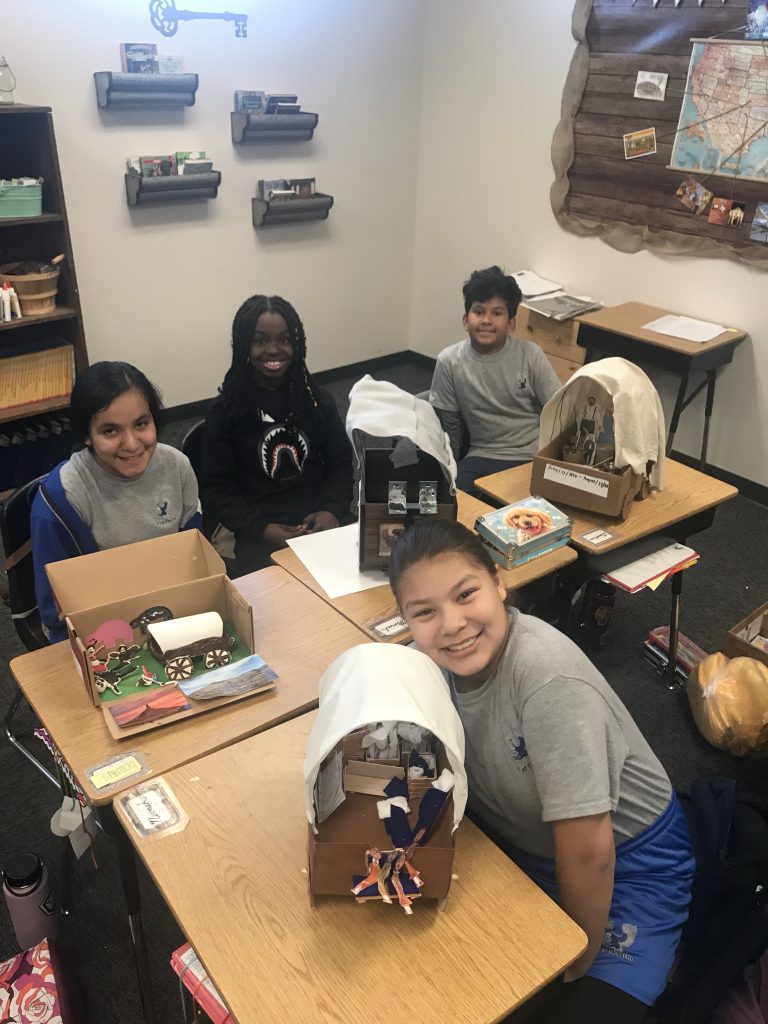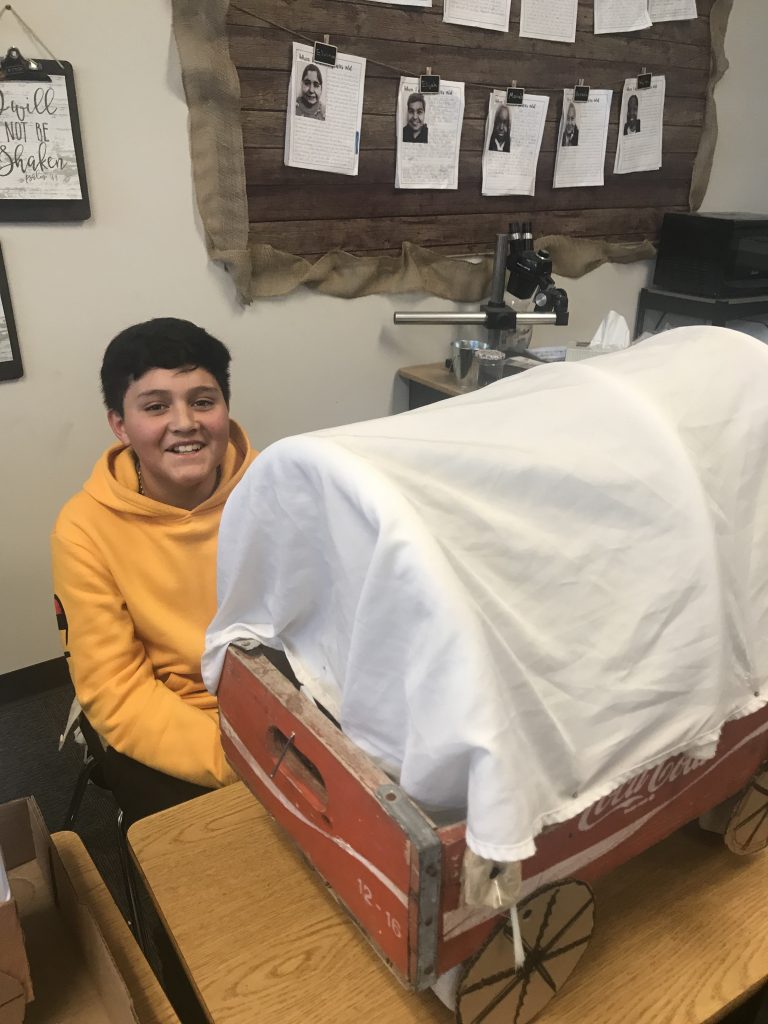For over 35 years, teachers at 91st Psalm Christian School have led students to science, technology, engineering, and math (STEM) concepts through projects and lessons.
During the 2019-20 school year, three of our teachers – Mrs. Flaming-Buschman, Mrs. Hayes and Mr. Uttech – attended three day-long STEM professional development sessions at Grand Canyon University (GCU). GCU also spent a half-day at 91st Psalm to instruct the entire staff on STEM concepts.
In July 2020, our technology teacher Mr. Uttech attended the Arizona Science Center’s 2020-21 Professional Learning Program for CS Discoveries, in partnership with code.org. He is collaborating with teachers across the state to further students’ computing knowledge at 91st Psalm. Read more about CS Discoveries here. Mr. Uttech is also teaching a unit on Cyber Security for Jr. High and High School and has earned a grant from Cyber.org to give students hands on experience in the US Cyber Range.
Below are some highlights from the 2019-20 school year: engaged students in project-based learning and STEM concepts.

Joseph is using the Bunch em’s. This particular activity he is using color patterns from a book to create layers that he bunches together and that will end up as 3D object. 
Joseph is using the Bunch em’s. This particular activity he is using color patterns from a book to create layers that he bunches together and that will end up as 3D object. 
Students get halves of various shapes. They need to put two halves together to make a whole shape. 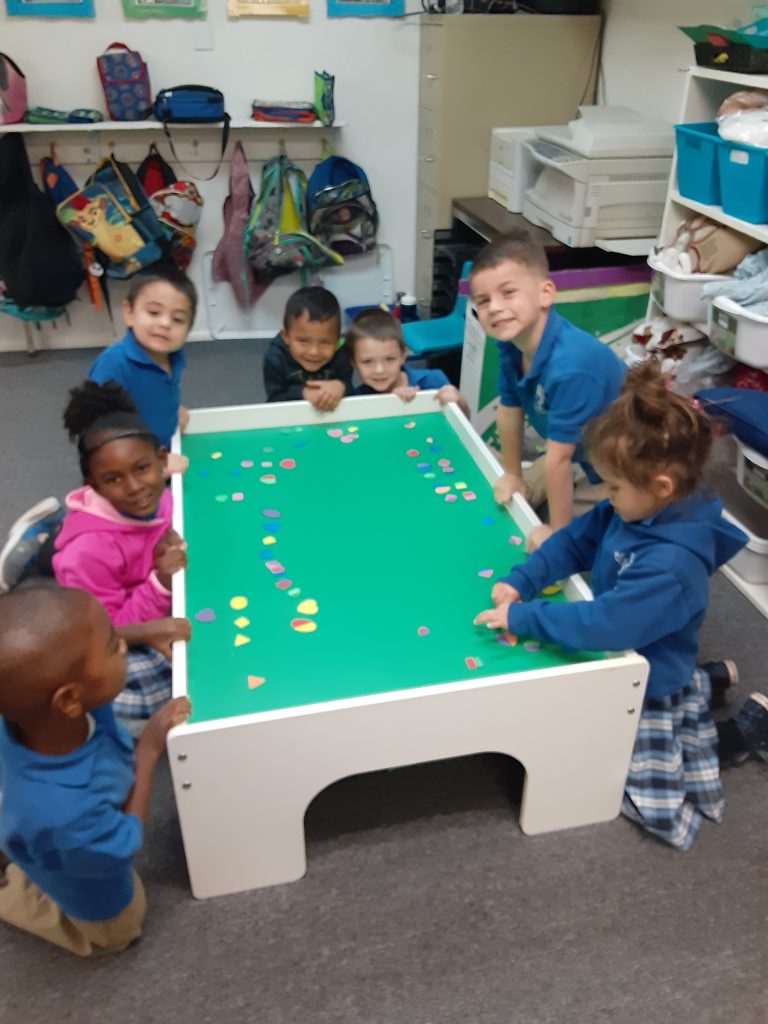
Students get halves of various shapes. They need to put two halves together to make a whole shape. 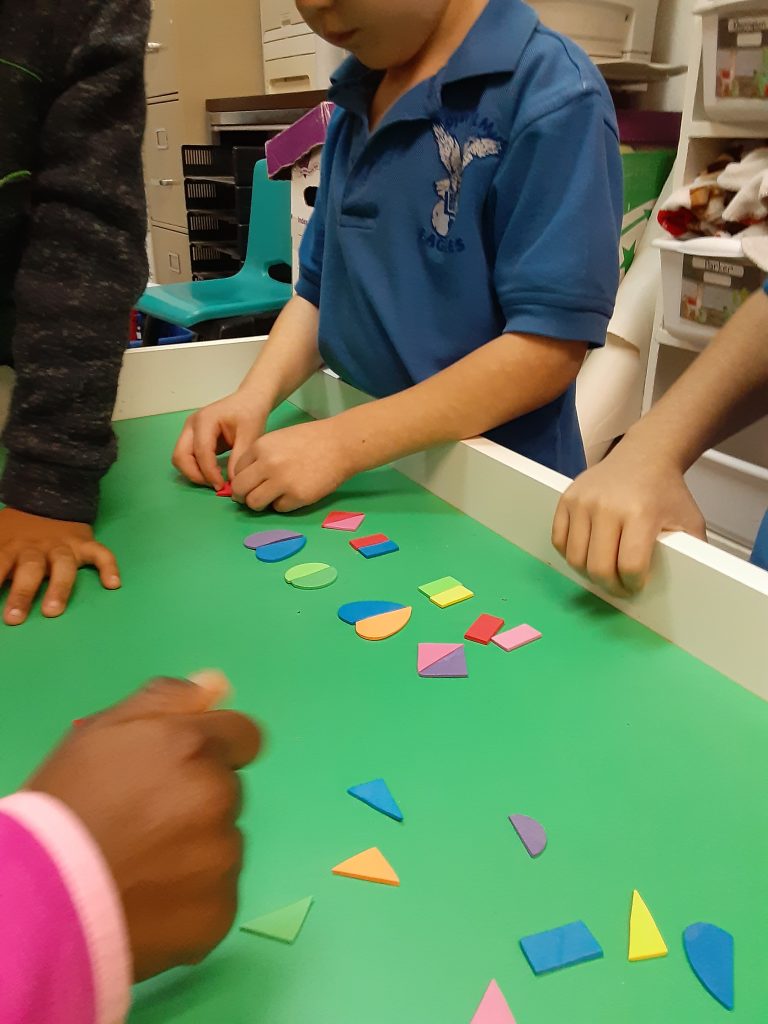
Students get halves of various shapes. They need to put two halves together to make a whole shape. 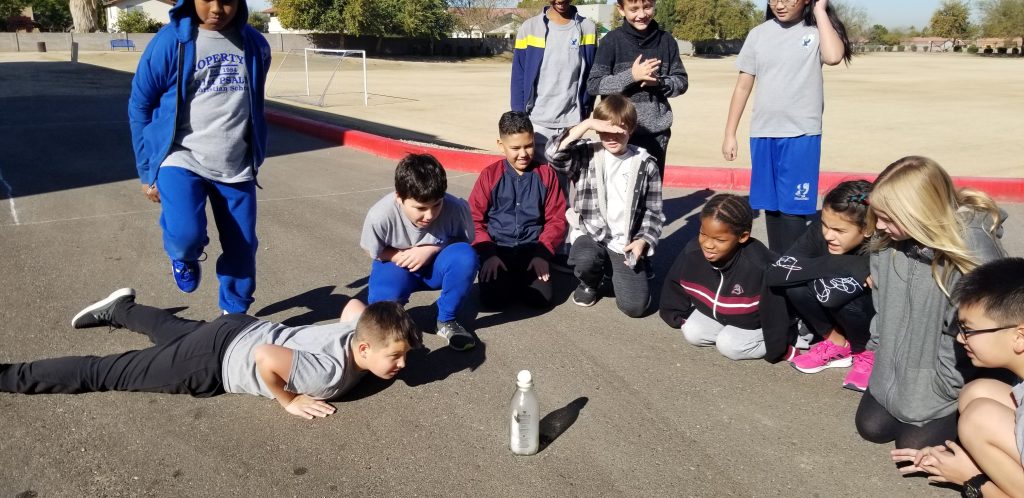
The atmospheric egg shows the air pressure on an object. Using a glass jug and a hard boiled egg, students are awed to see the visual effects of air pressure. 
The atmospheric egg shows the air pressure on an object. Using a glass jug and a hard boiled egg, students are awed to see the visual effects of air pressure. 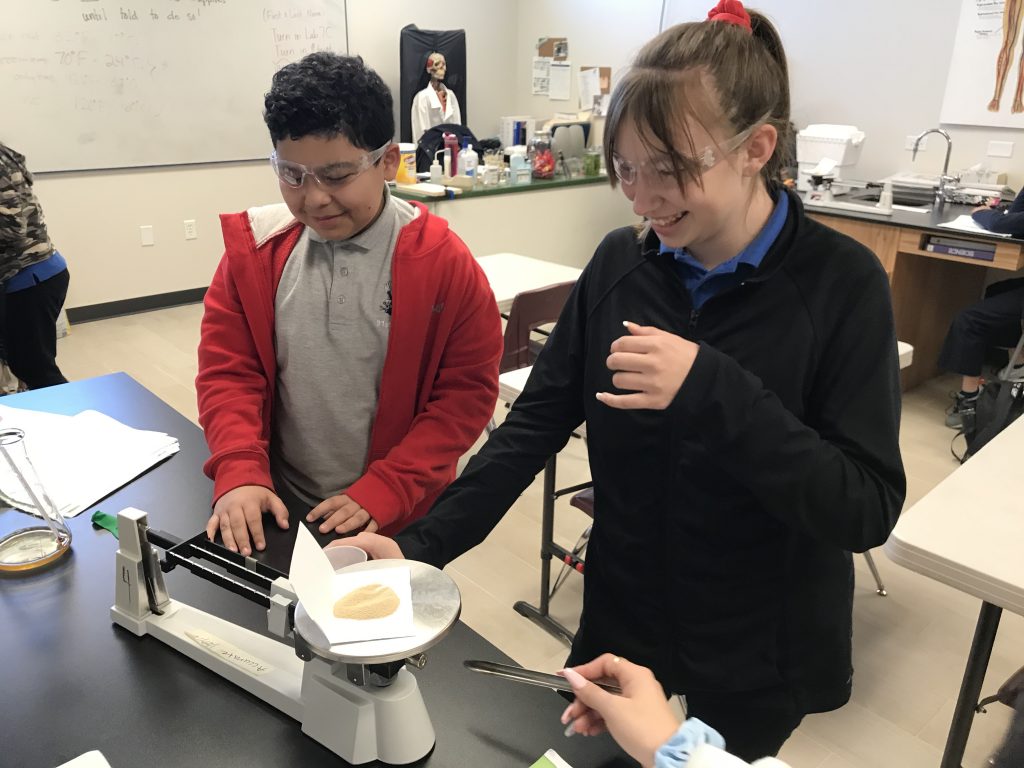
Students test four temperatures (0, 20, 37, and 50 degrees Celsius) to determine the best temperature at which to grow yeast. This activity is done during our unit studying Kingdom Fungi. 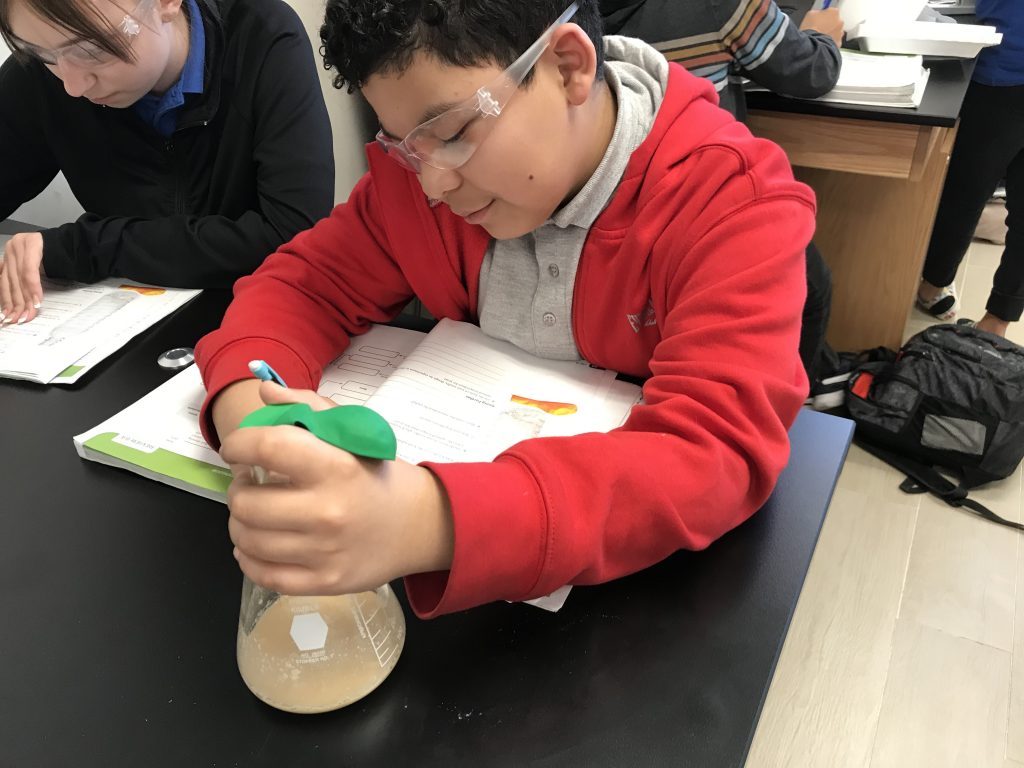
Students test four temperatures (0, 20, 37, and 50 degrees Celsius) to determine the best temperature at which to grow yeast. This activity is done during our unit studying Kingdom Fungi. 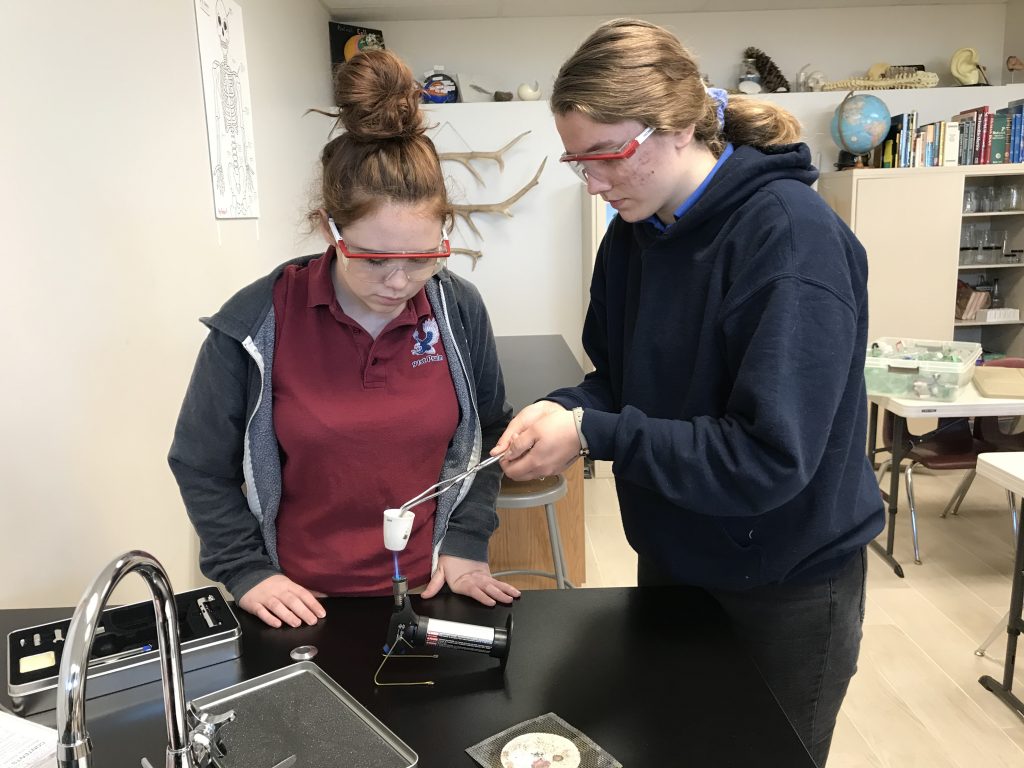
Chemistry students investigate different types of chemical reactions: synthesis, decomposition, and replacement reactions. 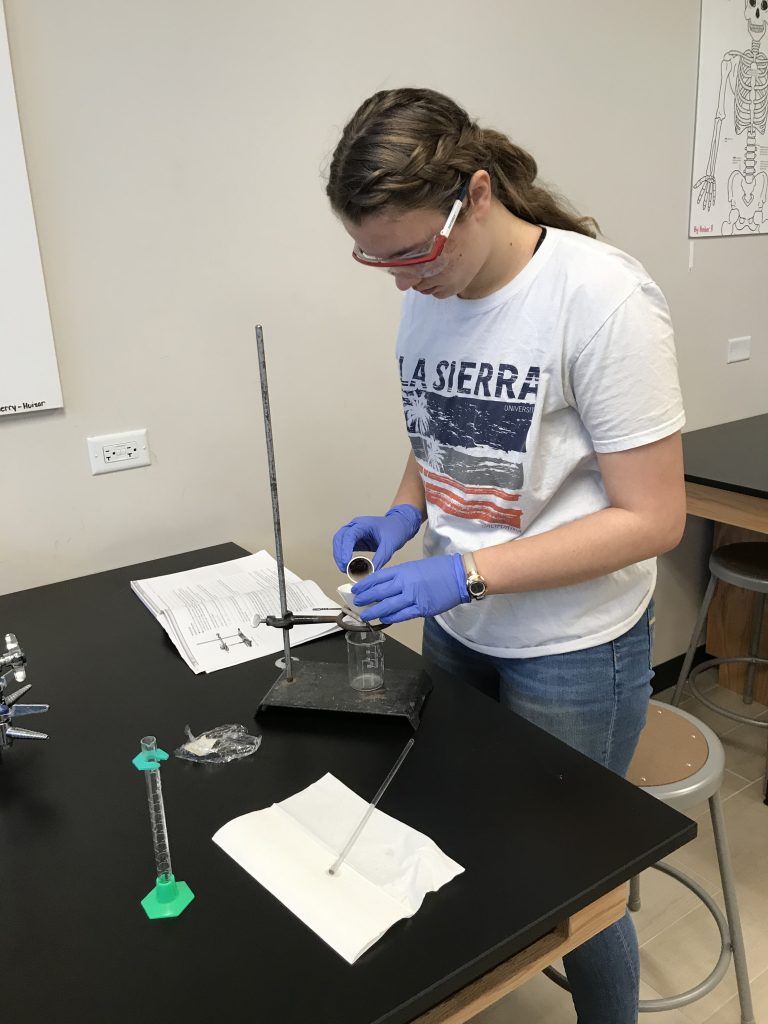
Chemistry students investigate different types of chemical reactions: synthesis, decomposition, and replacement reactions. 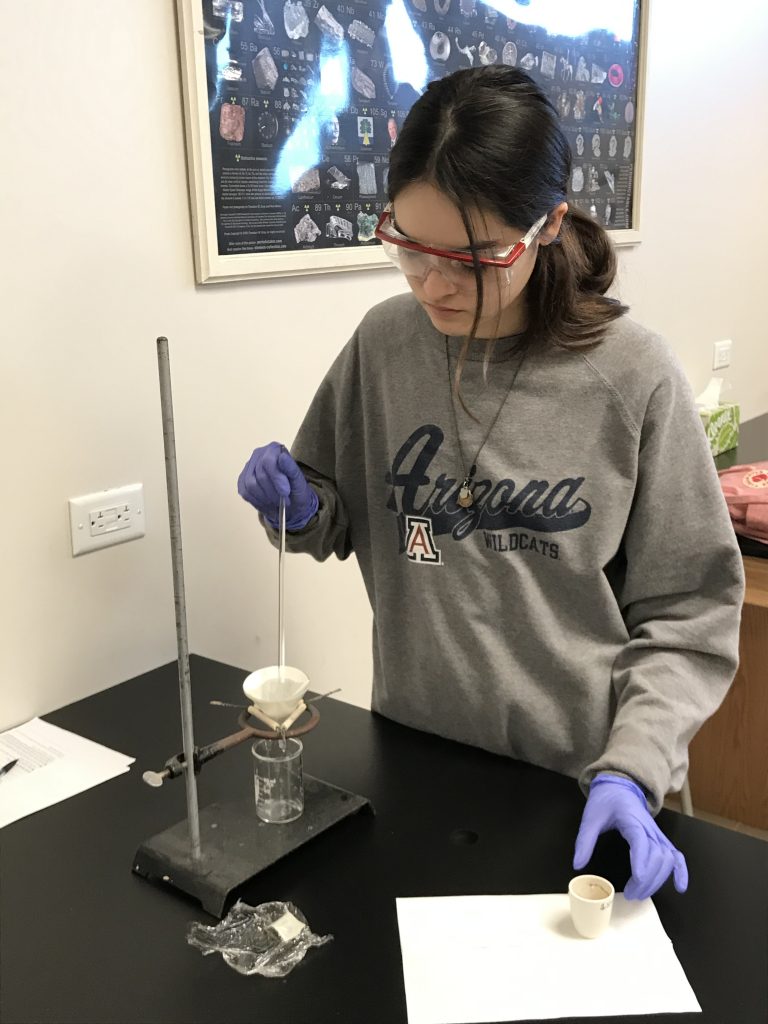
Chemistry students investigate different types of chemical reactions: synthesis, decomposition, and replacement reactions. 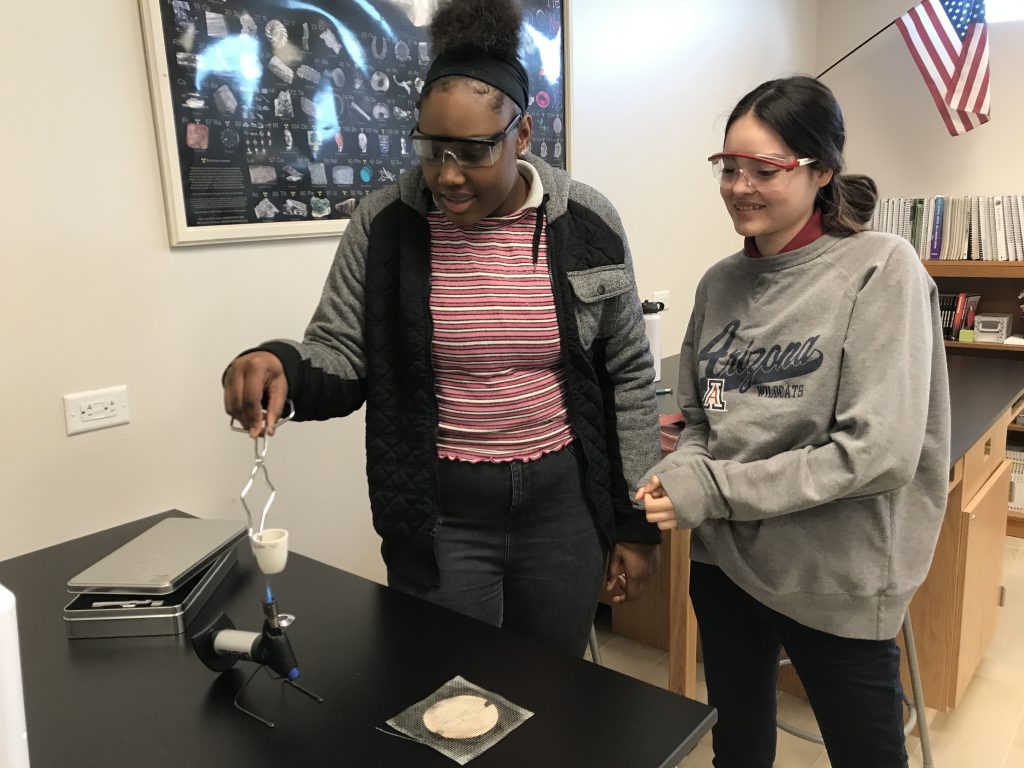
Chemistry students investigate different types of chemical reactions: synthesis, decomposition, and replacement reactions. 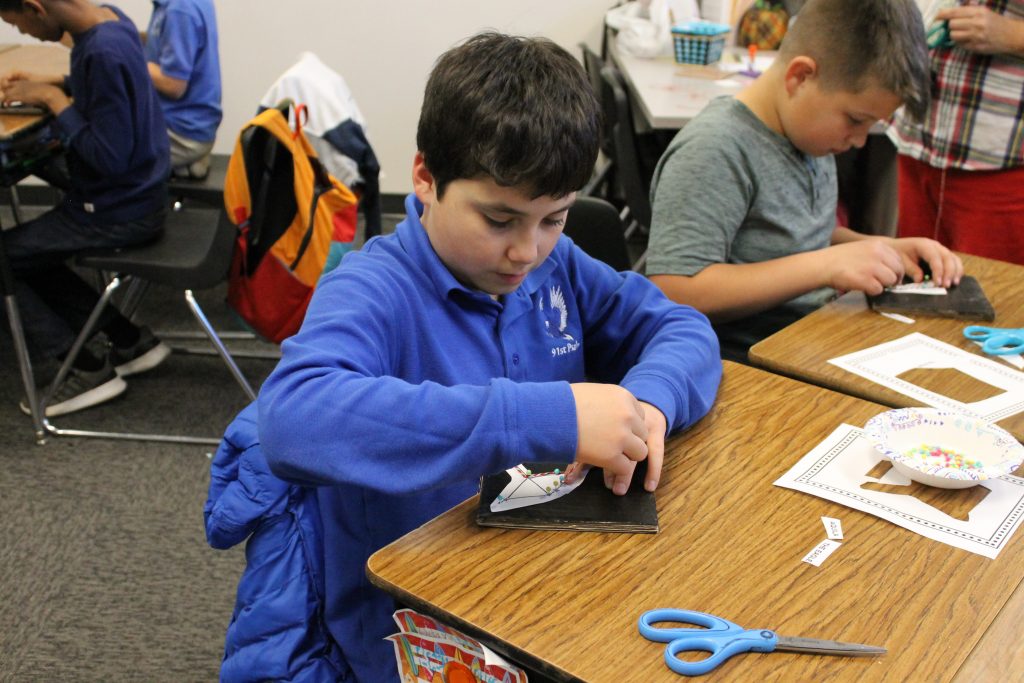
Students researched constellations and created a model of them using cardboard, string, and pushpins. 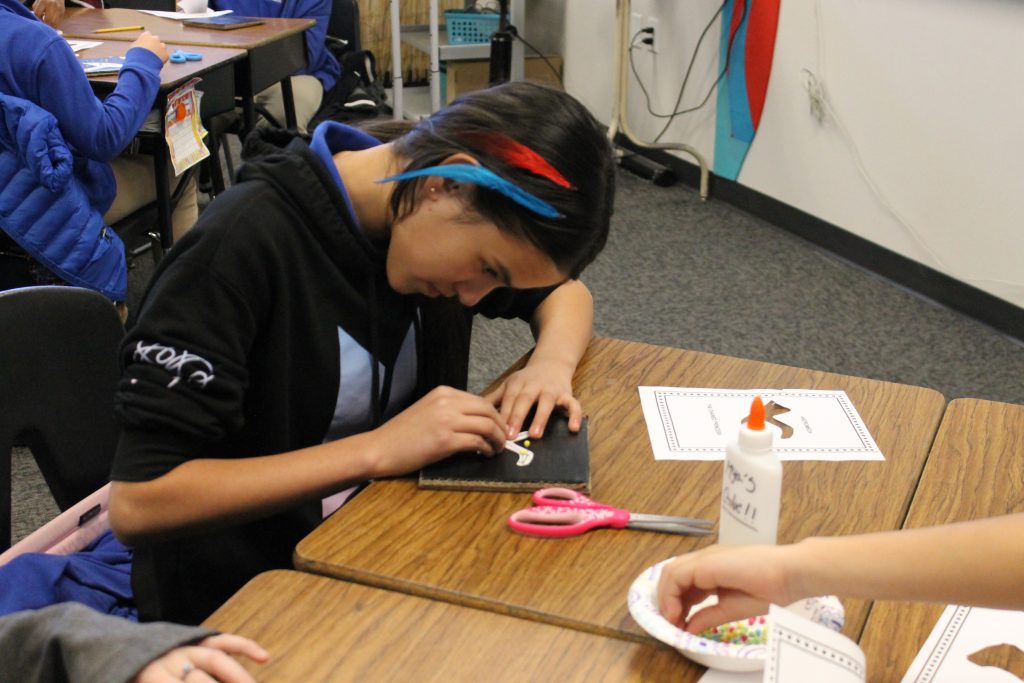
Students researched constellations and created a model of them using cardboard, string, and pushpins. 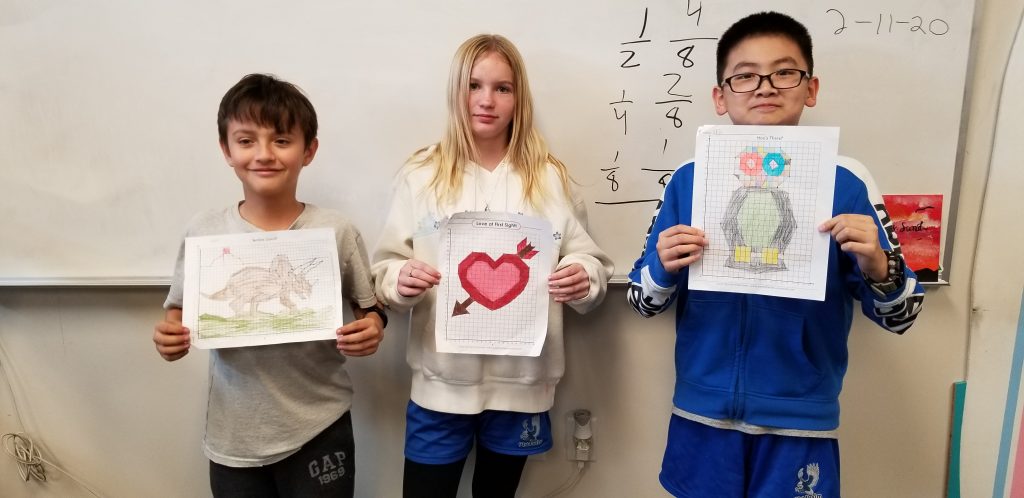
Students learned about ordered pairs. They used these skills to plot ordered pairs and connect the plots to create a picture. 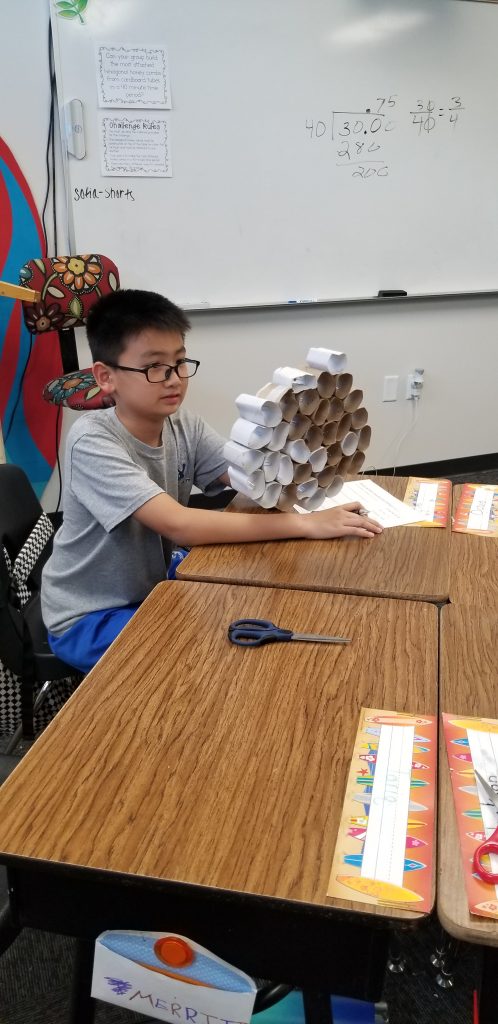
In science we studied the structure of bee colonies. Students constructed beehives using paper rolls. 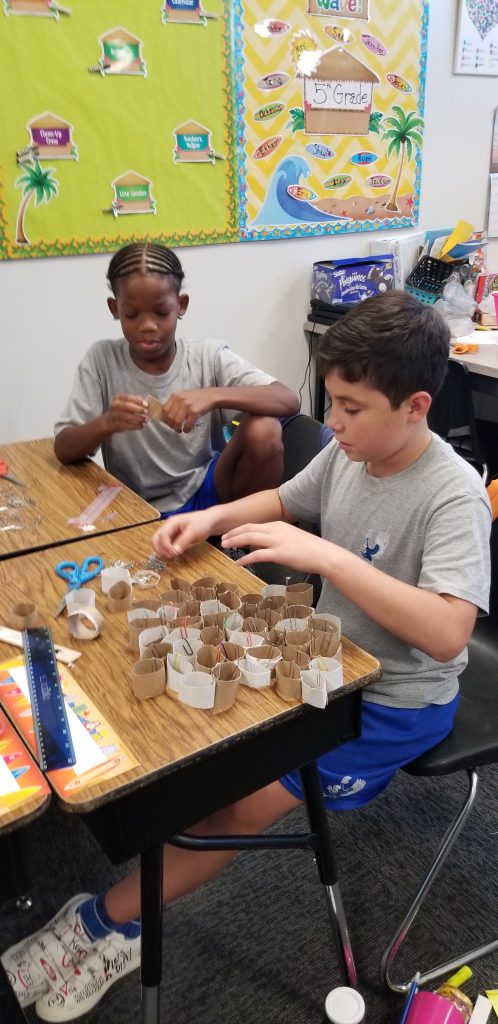
In science we studied the structure of bee colonies. Students constructed beehives using paper rolls. 
For show and tell Lily Malles did a science experiment for the class. The reaction of milk, food coloring, and soap to create a beautiful rainbow. “Magic Milk” 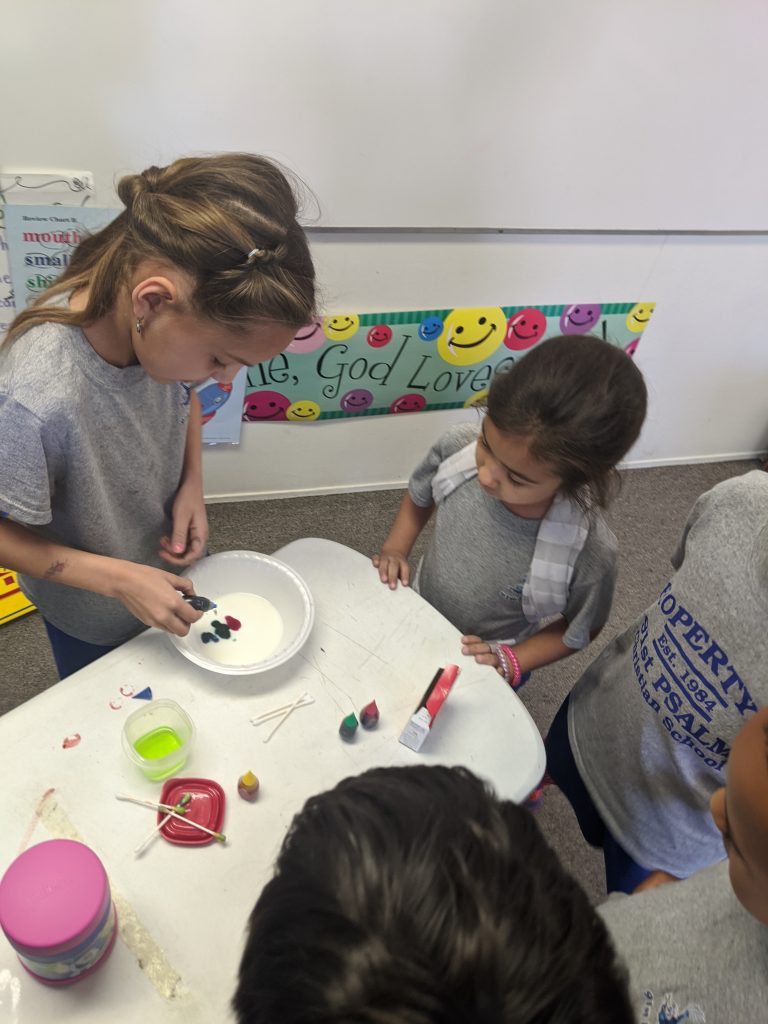


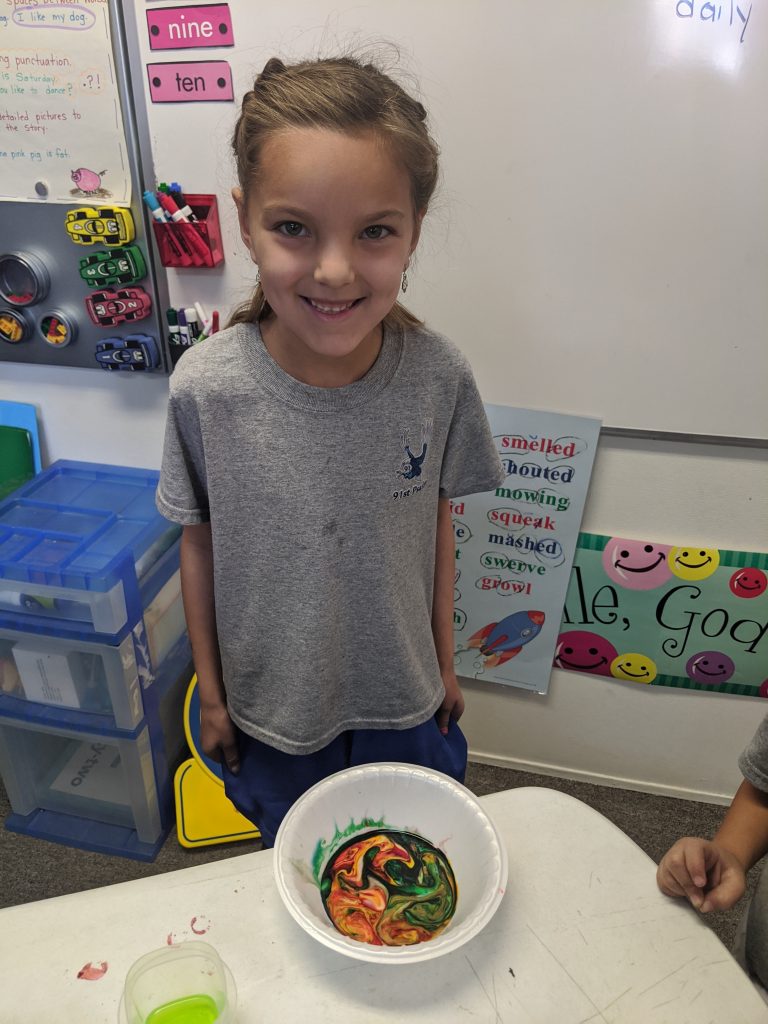
For show and tell Lily Malles did a science experiment for the class. The reaction of milk, food coloring, and soap to create a beautiful rainbow. “Magic Milk” 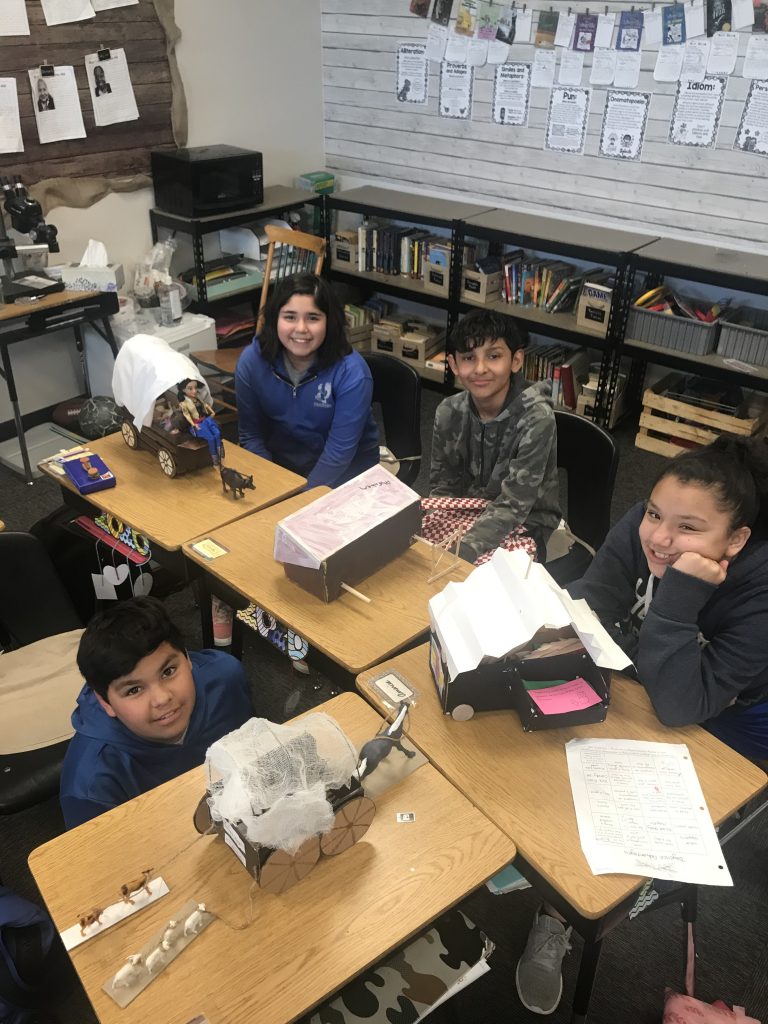
We incorporated STEM into our history lesson on westward expansion. Students spent several days a week in the computer lab playing Oregon Trail. During this game, they learned new science vocabulary, used math to problem solve, and used technology to simulate their route westward across the United States. Their culminating activity was to build a realistic replica of a covered wagon and include items in their wagon that they would need to survive the journey. They wrote about their experiences on the trail and included many facts that they learned while playing the computer game. 